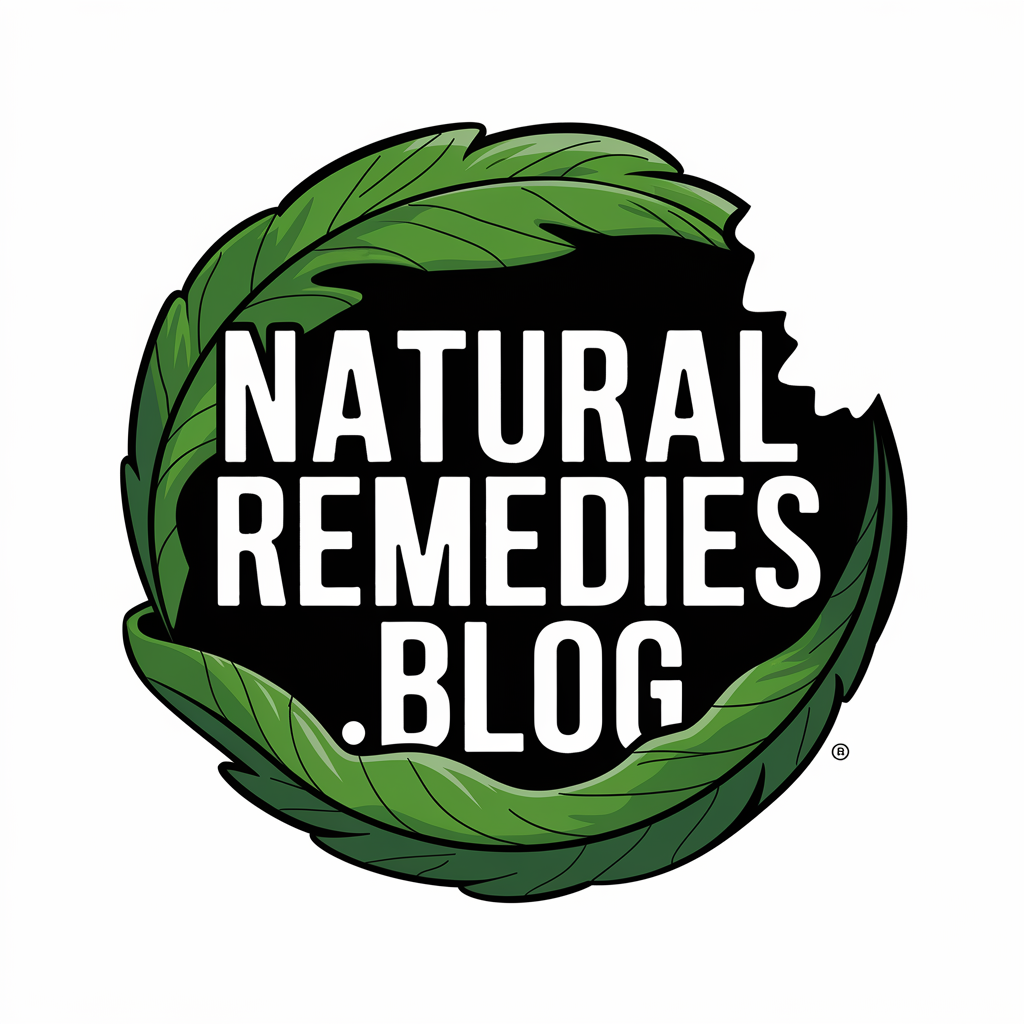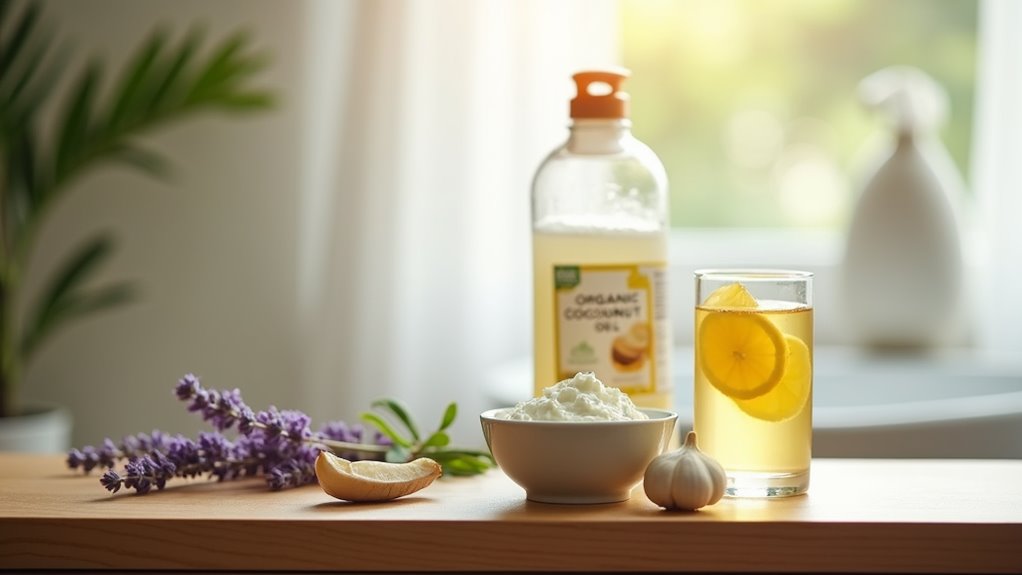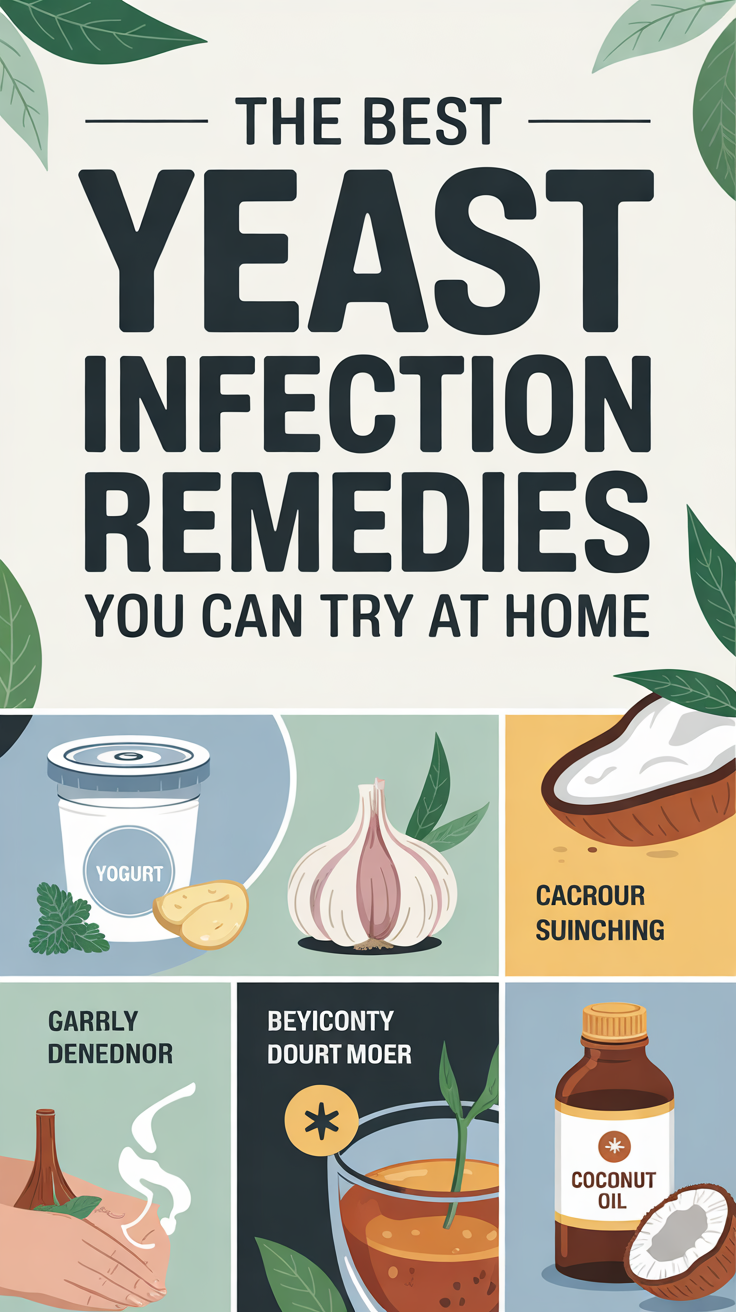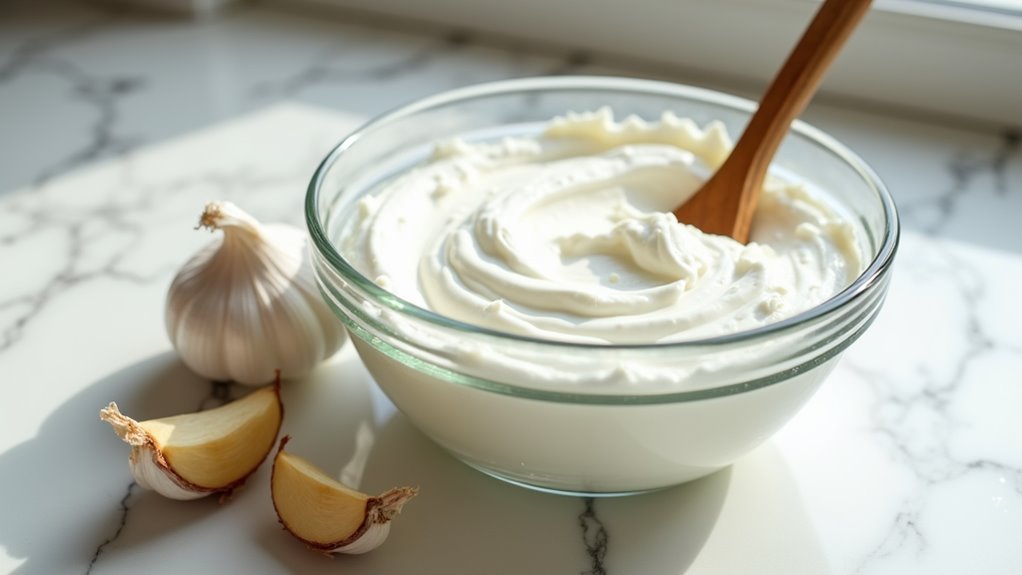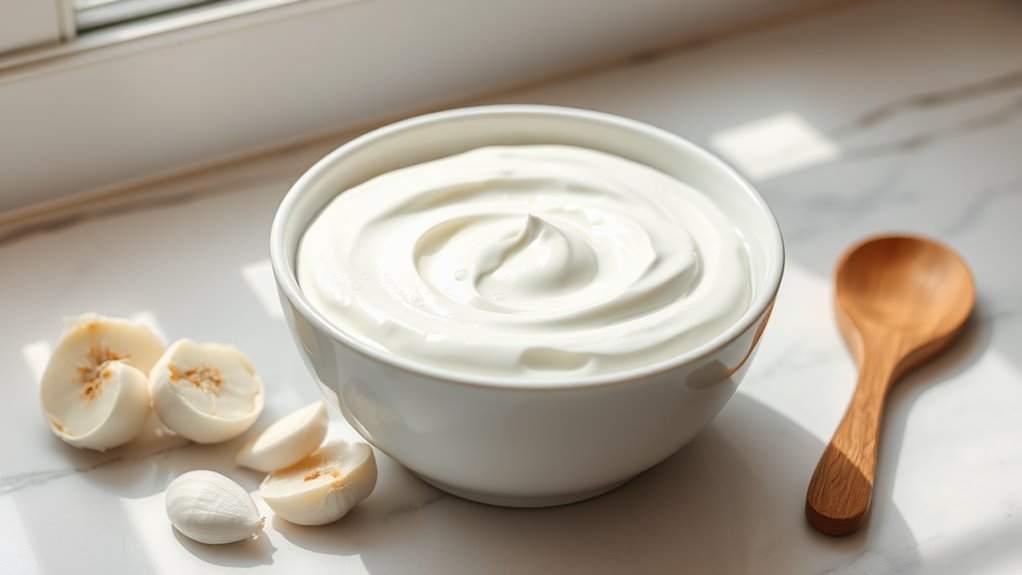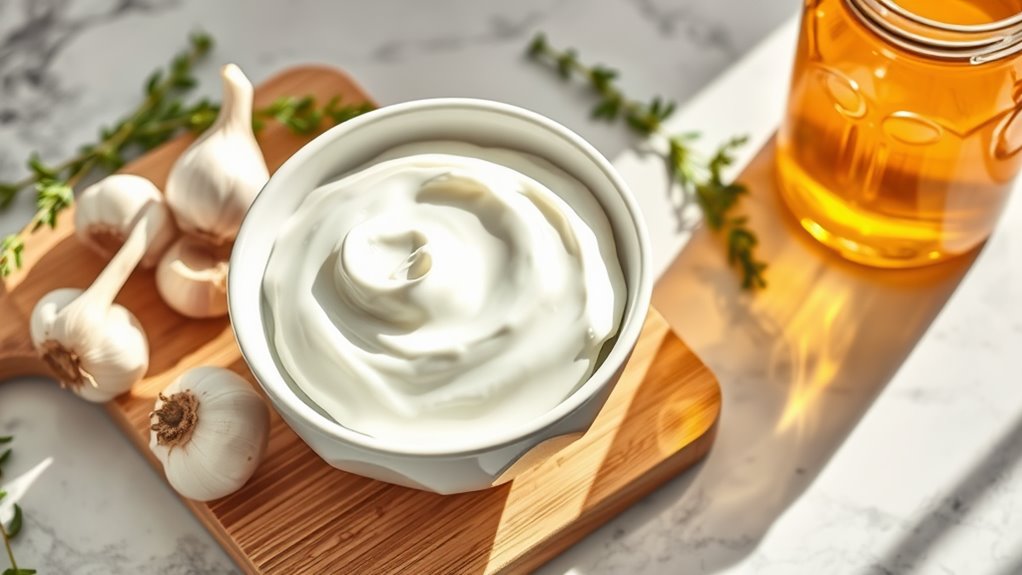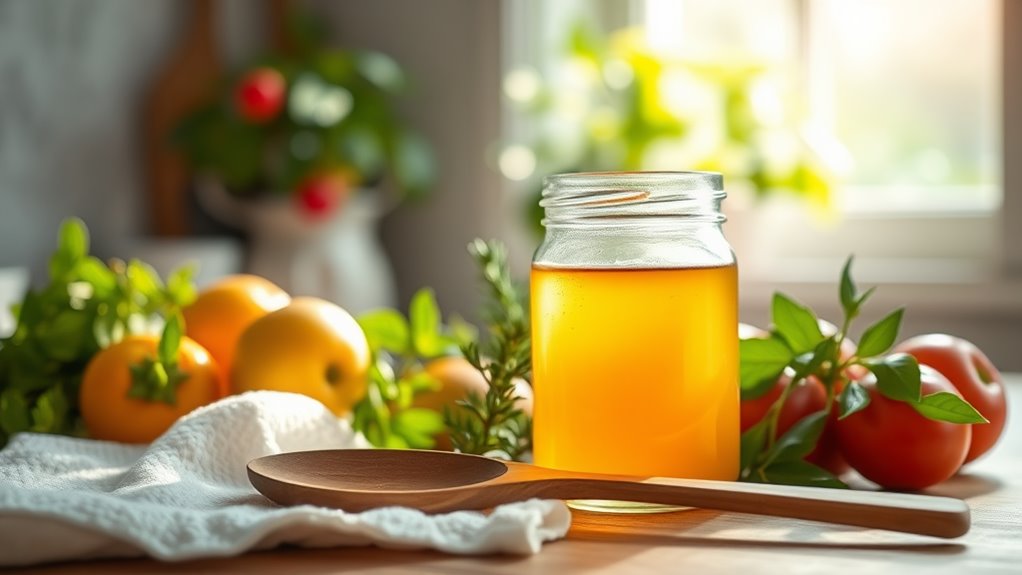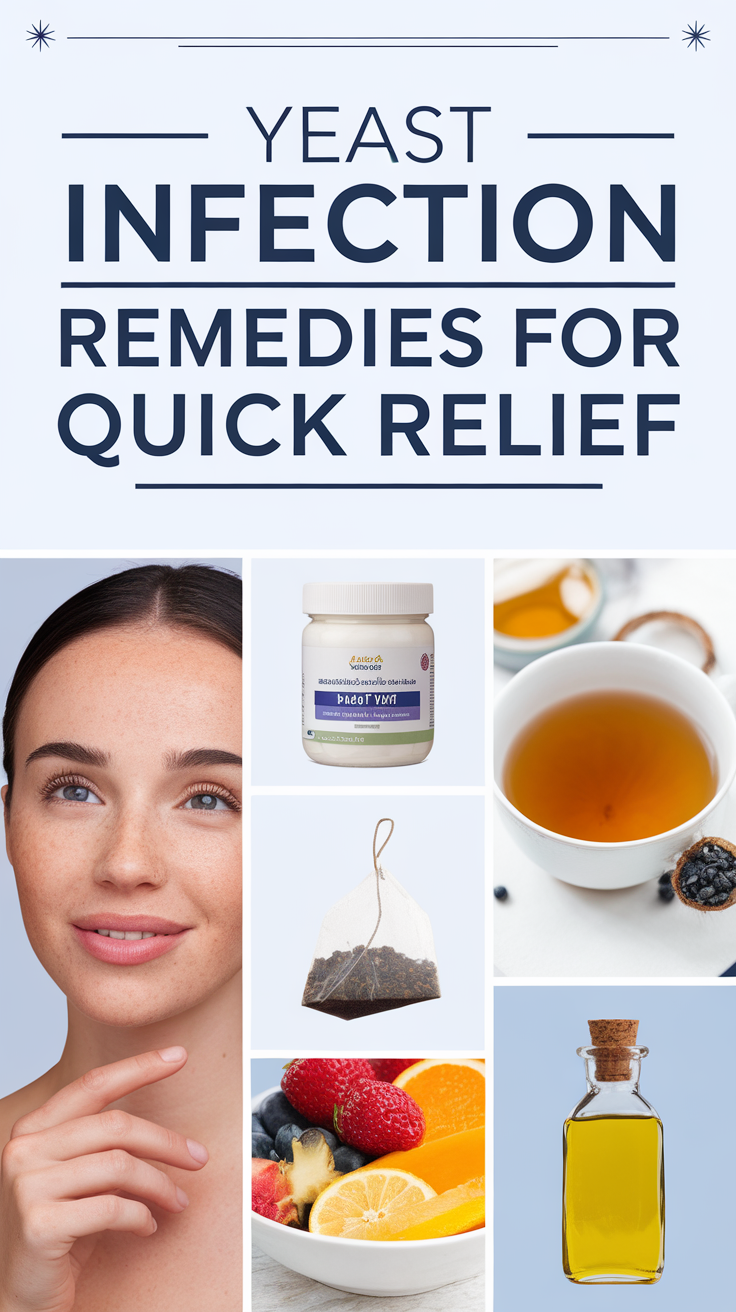The Best Yeast Infection Remedies You Can Try at Home
If you’re dealing with a yeast infection, you’re not alone, and there are effective home remedies that can provide relief. You might find options like apple cider vinegar or coconut oil helpful in easing your symptoms. Each remedy has its own benefits, and it’s essential to choose what feels right for you. Let’s explore these remedies and see which ones might work best in your situation.
Understanding Yeast Infections
Yeast infections, which are often caused by an overgrowth of Candida, can be uncomfortable and frustrating to deal with. You’re not alone in this experience, and understanding the causes can help you find relief. Factors like antibiotics, hormonal changes, or a weakened immune system can trigger these infections. To tackle them effectively, you might look for yeast infection remedies fast. Options such as over-the-counter treatments and lifestyle changes can help restore balance. Additionally, incorporating natural antifungal remedies into your routine may provide effective relief. It’s crucial to recognize that Candida overgrowth can worsen with high blood sugar levels and poor diet choices. For instance, sticking to a low-sugar diet is essential because yeast thrives on sugar. Remember, it’s important to listen to your body and seek support when needed. You deserve to feel comfortable and confident again, and solutions are available.
Apple Cider Vinegar Soak
A soothing apple cider vinegar soak can provide relief from yeast infection symptoms. This simple remedy not only eases discomfort but also promotes healing. Additionally, apple cider vinegar helps create an unfavorable environment for yeast growth, enhancing its effectiveness. It’s worth noting that apple cider vinegar may also increase citrate levels, which can help in preventing other health issues.
Here’s how to do it:
- Fill a bathtub or basin with warm water.
- Add 1-2 cups of apple cider vinegar.
- Soak for 20-30 minutes, allowing the vinegar to work its magic.
- Rinse with clean water afterward.
You’ll find comfort in this natural approach, and many others have shared their success stories. Additionally, apple cider vinegar contains antimicrobial properties that help restore natural pH balance, enhancing its effectiveness.
Embrace this remedy, and remember, you’re not alone in this journey toward relief and healing.
Coconut Oil Application
Coconut oil can be a powerful ally in alleviating yeast infection symptoms, as it contains natural antifungal properties. You can apply it directly to the affected area for relief from irritation and discomfort. Just take a small amount, warm it in your hands, and gently massage it onto your skin. It’s soothing and can help restore your skin’s natural balance. Additionally, its antimicrobial properties can further aid in preventing infections and promoting overall skin health. The unique molecular structure of coconut oil allows it to effectively combat harmful organisms that contribute to yeast infections. Regular use of coconut oil can enhance skin hydration and create a protective barrier, making it an excellent option for maintaining skin integrity during treatment.
Probiotics for Balance
Finding balance in your body is key to overcoming yeast infections, and probiotics can play a significant role in that process.
These friendly bacteria help restore your natural flora, promoting a healthy environment.
Here’s how you can incorporate probiotics into your routine:
-
Yogurt: Enjoy plain yogurt with live cultures as a tasty snack.
-
Supplements: Consider probiotic capsules for a concentrated dose.
-
Fermented Foods: Include sauerkraut or kimchi in your meals for added benefits.
-
Kefir: Drink kefir for a refreshing, probiotic-rich beverage.
Adding these options can help you feel more balanced and empowered, especially since probiotic-rich foods support healthy vaginal flora!
Garlic as a Natural Antifungal
When you’re looking for natural ways to combat yeast infections, garlic stands out as a powerful antifungal agent. Its active compound, allicin, helps to inhibit the growth of yeast.
You can incorporate garlic into your diet by adding it to meals or taking it in supplement form. Some even opt for topical applications, like garlic oil, but always ensure you’re cautious to avoid irritation.
Many people in your community have found relief this way, so don’t hesitate to give it a try. Just remember, if symptoms persist, consulting a healthcare professional is always a wise choice.
You’re not alone in this!
Tea Tree Oil Treatment
After exploring garlic’s antifungal properties, consider another natural remedy: tea tree oil. This essential oil has powerful antifungal properties and can help relieve yeast infection symptoms.
Here’s how to use it safely:
- Dilute a few drops of tea tree oil in a carrier oil, like coconut or olive oil.
- Apply the mixture to the affected area with a cotton ball.
- Repeat once or twice daily until symptoms improve.
- Always do a patch test first to avoid irritation.
Yogurt for Relief
Many people turn to yogurt as a natural remedy for yeast infections due to its probiotic content.
These friendly bacteria can help restore balance in your body, promoting a healthier vaginal environment.
You can enjoy yogurt by eating it daily, or applying it externally for soothing relief.
Choose plain, unsweetened yogurt to maximize benefits and avoid added sugars.
If you’re not sure where to start, consider joining a local wellness group or online community to share experiences and tips.
Baking Soda Bath
If you’re looking for a soothing way to alleviate yeast infection symptoms, a baking soda bath might be just what you need. This simple remedy can help balance your body’s pH and provide relief. Additionally, baking soda’s alkaline nature can support kidney health by neutralizing blood acid levels and reducing urine acidity. Baking soda is also a natural fungicide that can aid in keeping your skin healthy during this time.
Here’s how to prepare your bath:
- Fill your tub with warm water.
- Add 1 to 2 cups of baking soda.
- Soak for 15-20 minutes.
- Rinse off with cool water afterward.
You’ll not only feel relaxed, but the baking soda can also help soothe irritation. Additionally, the alkaline properties of baking soda can aid in neutralizing harmful acids in the body.
Herbal Remedies to Consider
When you’re seeking natural relief from a yeast infection, herbal remedies can be a great option.
Consider using garlic, known for its antifungal properties, or tea tree oil, which may help fight the infection. You could also try coconut oil, a soothing agent that can create an unfriendly environment for yeast.
Herbal supplements like oregano oil and caprylic acid are worth exploring too. Just remember, it’s important to listen to your body and consult a healthcare professional if symptoms persist. Additionally, natural remedies can help restore the vaginal pH balance, preventing Candida overgrowth. You’re not alone in this journey, and finding what works for you can truly make a difference.
